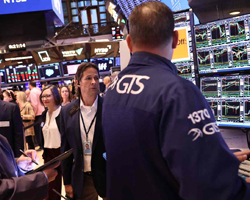Market Reactions to Powell's Remarks and Tech Stocks' Performance Drive Mixed Trading Day | Daily Market Analysis
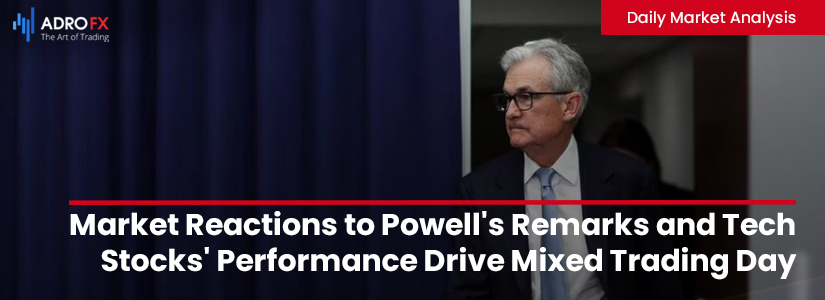
Key events:
- USA - Fed Chair Powell Speaks
- USA - GDP (QoQ) (Q1)
- USA - Initial Jobless Claims
- USA - Pending Home Sales (MoM) (May)
On Wednesday, the Nasdaq experienced a modest increase, supported by the performance of large-cap stocks. However, the S&P 500 and the Dow closed lower following remarks from US Federal Reserve Chair Jerome Powell. Powell indicated the likelihood of additional rate hikes and expressed skepticism that inflation would reach the central bank's target rate "this year or next year."
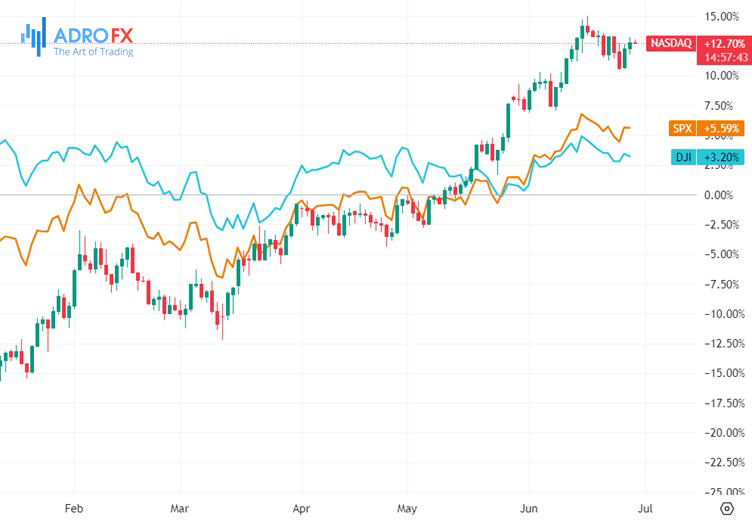
During a European Central Bank forum, Powell also mentioned the potential for future rate increases and did not rule out the possibility of a hike at the upcoming policy meeting scheduled for late July.
Despite spending most of the trading session in negative territory, investors seemed to react calmly to Powell's comments due to indications of strength in the economy.
During the session, Apple Inc (NASDAQ: AAPL) reached a new all-time high and achieved a record closing high for the second consecutive session. Additionally, Tesla (NASDAQ: TSLA), Microsoft (NASDAQ: MSFT), and Alphabet (NASDAQ: GOOGL) contributed significantly to the gains in the S&P index.

However, chipmaker Nvidia (NASDAQ: NVDA), which is popular among investors interested in artificial intelligence, faced a decline of 1.8% and emerged as the top detractor for the benchmark index. This decline came as a result of a report by the Wall Street Journal stating that the United States may implement additional restrictions on the export of AI chips to China.
Following a halt to the six-day losing streak on Tuesday, European markets continued to see positive momentum on the following day, although remarks from Federal Reserve Chairman Jay Powell moderated gains. Meanwhile, the Japanese yen continued to decline, reaching record lows on a trade-weighted basis, and Bank of Japan Governor Kazuo Ueda provided no indication that officials were close to halting this recent decline.
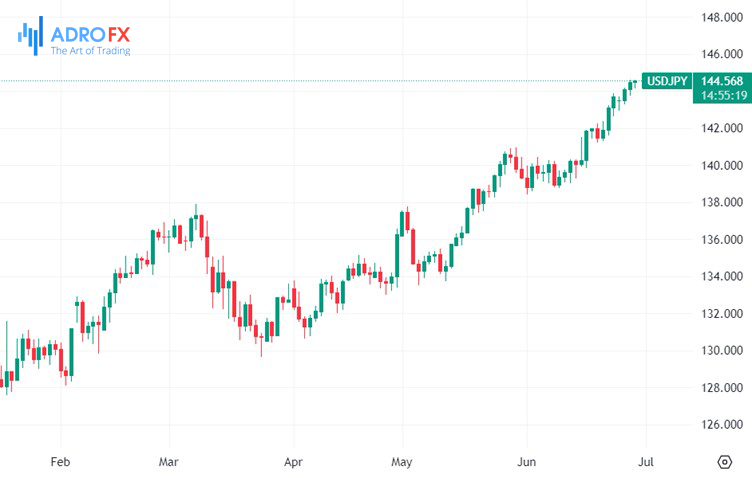
The subdued performance in the US market is expected to result in a flat opening for European markets. However, there is hope that upcoming data, starting with Germany's June inflation figures, could prompt a softening of the hawkish stance. In recent months, there has been a notable deceleration in inflation, dropping from 7.6% in April to 6.3% in May. The June figures, expected to show a modest increase to 6.8%, are unlikely to alleviate concerns at the European Central Bank (ECB) about inflation receding rapidly.
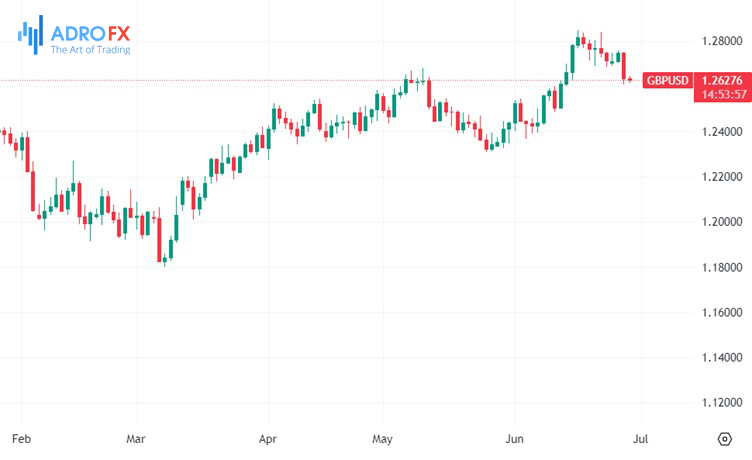
In the G10 space, the British pound exhibited notable weakness at the end of the London session. This weakness can be attributed to comments made by Bank of England (BoE) Governor Andrew Bailey at the ECB Forum on Central Banking in Sintra. Bailey indicated that UK interest rates are likely to remain at higher levels for an extended period due to persistent inflationary pressures. Headline inflation in the UK remained unchanged at 8.7% in the twelve months leading to May, while year-on-year core inflation (excluding food and energy prices) surged to 7.1%. According to Bailey, this is a specific challenge facing the UK economy. Bailey's remarks weighed on the GBP, raising concerns about the risks of a recession due to excessive policy tightening.
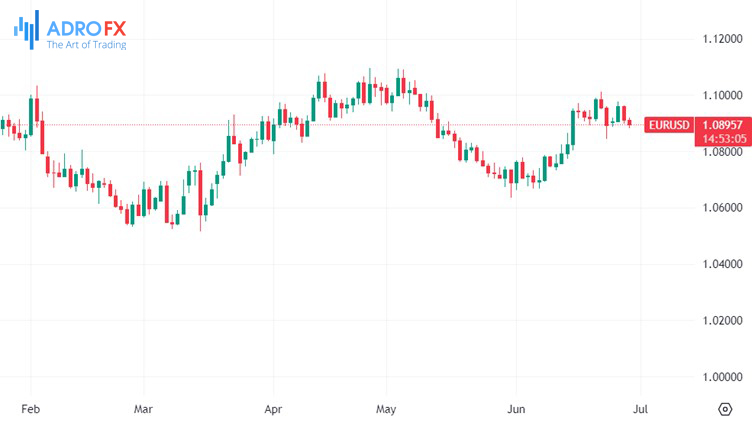
The euro witnessed weak sentiment yesterday due to a mixed set of data. In May, the Italian Producer Price Index (PPI) declined at a slower pace than anticipated, indicating lower-than-expected deflationary pressures in the country. However, consumer price inflation in the eurozone eased more than expected, reflecting a slowdown in price growth. Additionally, the European Central Bank (ECB) reported a deceleration in money supply growth, suggesting a moderation in liquidity. Furthermore, loans to the private sector expanded at a slower rate than expected, indicating a potential tightening of credit conditions due to higher interest rates. Overall, these indicators pointed towards a more restrictive credit environment.


